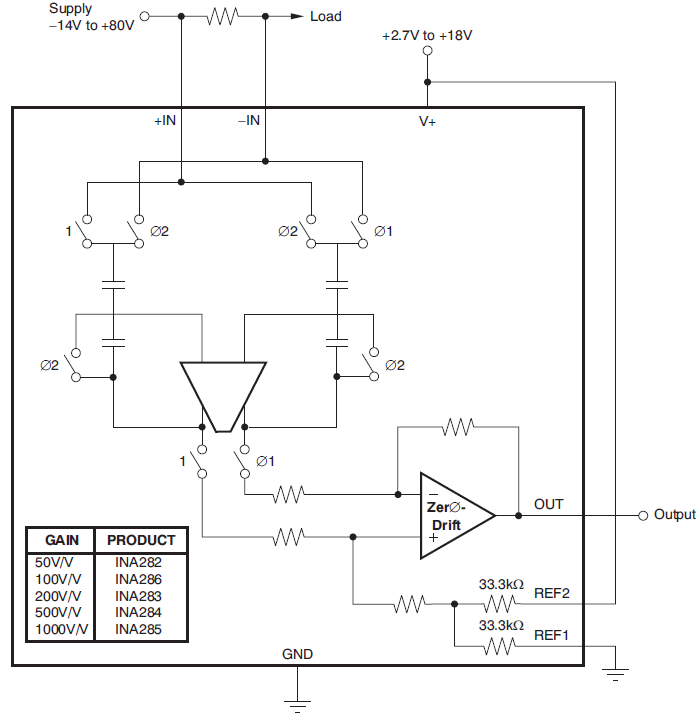Hi,
I have some questions about INA282 application:
Supplement the customer application scenario: when the current is from left to right,
To output a high level (greater than 1V);
When the current is 0A and is from right to left,
To output a 0V voltage or a voltage less than 0.5V; used to solve the current backflow of the PMOS tube.
1. What is the range of differential voltage values across the sampling resistor?
2. What is the GAIN gain value to do?
3. What is the calculation formula for the sampling current and output voltage?
4. If the unidirectional current is connected from left to right, what state of the output voltage is when the current is from right to left in actual use, and what state will be if the detection current is 0. ?
thanks.


